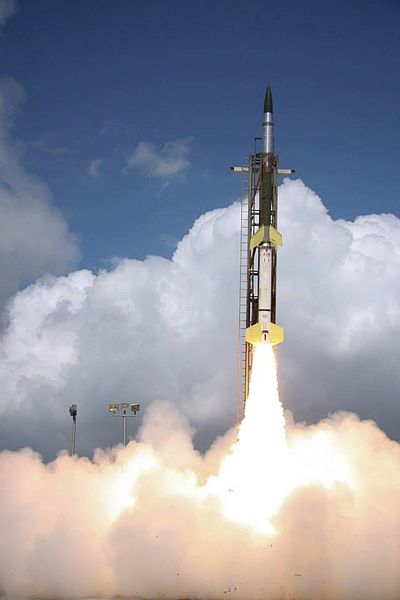“So when do you finish your degree?”
I’ve been hearing a variation of that question since I arrived at William and Mary, but it’s picked up since I finished classes. It’s understandable though, because doctoral programs in the United States work differently from your standard K-12 schooling, or even undergraduate degrees. Today then, I’d like to go over the Ph.D. timetable, and where I stand in the program.

Before I get started, let me emphasize that I’m only talking about getting a Ph.D. in American Studies at William and Mary. Every university, every program within a university even, is different, so what I describe here may not apply to other schools.
Are you ready? Let’s go!
Stage 1: Coursework. This is the part I’ve just completed. Depending on whether you’re entering the program with a B.A. or an M.A., you take five or three semesters of classes. If you’re a B.A., you take five semesters and write a Master’s thesis at the end of your first year. Since I already came in with an M.A., I only took three semesters of coursework and wrote no Master’s thesis. The number of courses you take also vary according to where you are in the program. For the first two semesters, you take three classes. For the third semester (or fifth if you’re initially a B.A.), you take two. Technically you’re still signed up for three, but that third course slot is now dedicated to working on your reading lists for comprehensive exams.
Stage 2: Reading and Qualifying Exams. This is the stage I’ve just started. Every American doctoral program that I know of requires students to read a plethora of books appropriate to their fields, and then take exams on them. At William and Mary, I’ve got a reading list of about 200 books in four different fields: History, Art History, Archival Theory/Digital Humanities, and Infrastructure. For each list, I’m working with a different professor in terms of compiling works and assessing strategies. Over the next several months, I’ll work my way through these books (note I didn’t say “read”. In graduate school, it’s more about selective skimming than reading a text cover to cover). In late August, I’ll write a series of essays addressing each list and how the readings relate to one another, followed by an oral component. Think of it as an intensive immersion in the fields you’ll most likely be engaging in your dissertation.
Stage 3: Prospectus. This is when you write out your strategy for your dissertation. You’ll discuss the topic you want to address, the methods and readings you think you’ll engage, and the kind of intervention you intend to make.
Stage 4: Dissertation. This is why you’re in a doctoral program. After all that preemptive work, your task is to research and write a book-length scholarly text that makes an original contribution to your field of study while engaging the scholarship that preceded it. Like the exams, you have a committee of professors who work with you as you complete the text. If you’ve heard stories about Ph.D. students taking years to finish their degree, this is why. Since you’re no longer beholden to the standard academic schedule in terms of course assignments, etc., it’s up to you when you finish the project. It gives you a lot of freedom, but you’re also responsible for completing your own research, sticking to deadlines, etc.
Stage 5: Defense. This is like the comprehensive exam but now your work is the subject. Your committee reads the dissertation, and they question you on it. You’ll discuss its strengths and weaknesses, its contribution to the academic field, and overall why it’s a worthwhile document. If you pass, congratulations, you get your degree!
Stage 6: Postdoc. This depends on what you want to do once you’ve completed your degree. Some people jump into the job market right away, especially if they’re interested in nonacademic positions. For those who want to teach, however, a year-long postdoc appointment is a good way to get more teaching experience while looking for a longer-term position. It’s also a good opportunity to begin revising your dissertation for future publication, as a lot of the time these texts need to be rewritten for a less specialized audience.
So that’s the basic process. I like to think of it as a rocket launch. A rocket needs its massive fuel tanks to initially clear the atmosphere, but in order to achieve the lightness to get into space, it has to release those fuel tanks. Similarly, you needed to take courses at the beginning of the program to get a foundation in the field you’ll be studying, but in order to complete the dissertation and make an original contribution to that field, you need the time, space, and schedule flexibility to explore new ideas.

At least, that’s the ideal version. The reality is that your schedule gets filled with other things like teaching commitments, collaborations, other writing opportunities, applications for fellowships, etc. Not to mention writing a dissertation itself can be challenging and you won’t always want to work on it. But if you want to get that degree, you’ll find a way to finish it.
That’s how you get a Ph.D. in American Studies at William and Mary. As you can see, I’ve still got a ways to go, so you can wait a few years before asking me when I’ll be finished.